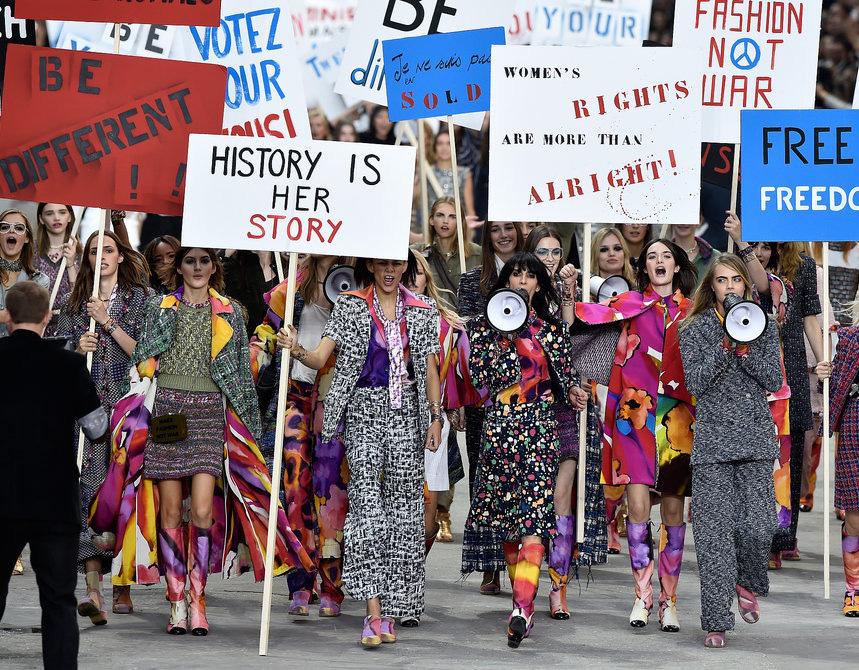FASHION OUTLIERS: AFROPUNK AND THE EMBODIMENT OF RESISTANCE BY DOMINIQUE NORMAN
Fashion is used as a tool of communication, to convey messages of our public and private selves, to decide what we make visible and the ways in which we choose to do so. Fashion also communicates messages in the literal sense, such as political statements like “Make America Great Again” or “The Future is Female.” However, for those whose visibility of their public and private self is not simply navigated through clothing choices, those who are visibility seen as ‘other’ due to their appearance deviating from white, heteronormative, able-bodied, and/or thin—all conditions of Western standards of beauty—fashion becomes a tool of control. Sociologist Erving Goffman invokes the term “impression management,” which is further contextualized by Emma Tarlo in Visibily Muslim. Tarlo explains how people that are visibly categorized as ‘other’ use fashion to achieve different effects. She describes it as, “the process by which people seek to manage the impressions they exude, thereby influencing the way others respond to them.” [1] Impression management through fashion allows the individual to have some control over the way their identity is viewed by others and often allows them to navigate spaces safely and successfully, often being one of the only facets of their appearance they can control. Fashion as a tool of impression management has become increasingly relevant due to the heightened awareness of violence against marginalized groups, such as transgender women of color, Muslim, Asian, and Black communities. Tarlo describes how the visibility of being considered an ‘other’ the
58















